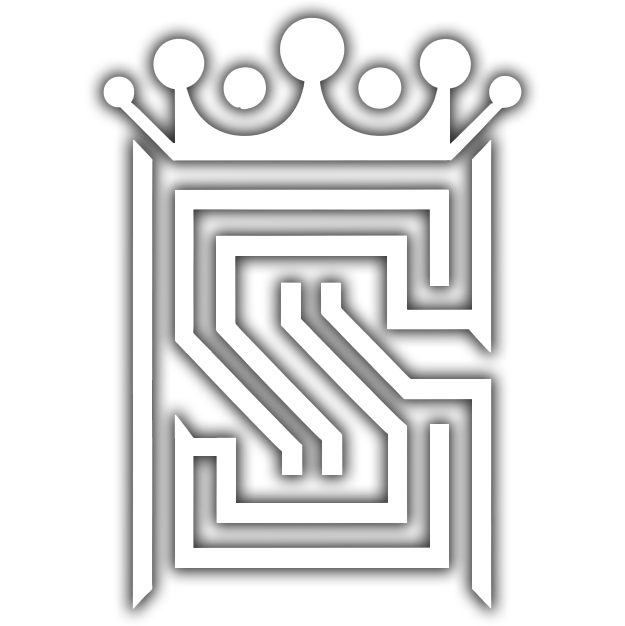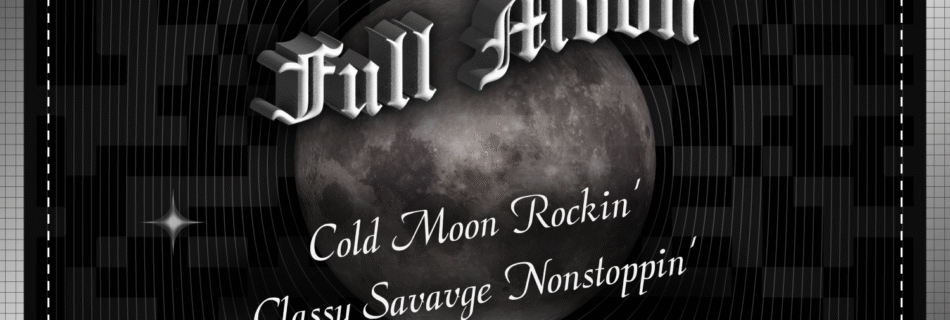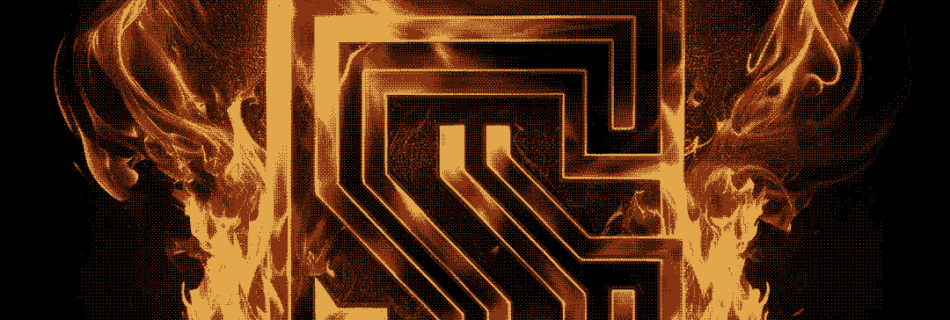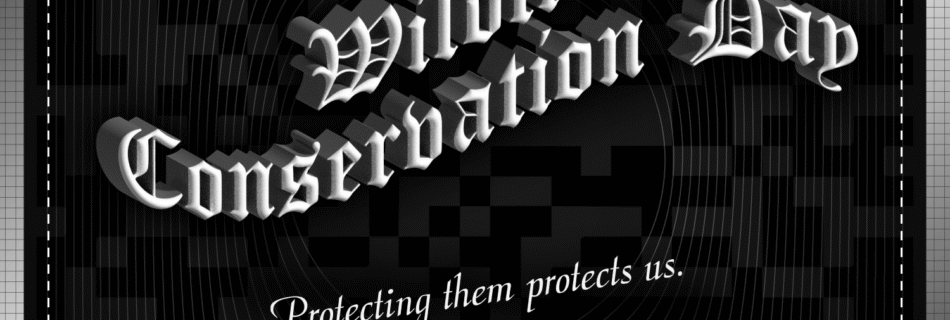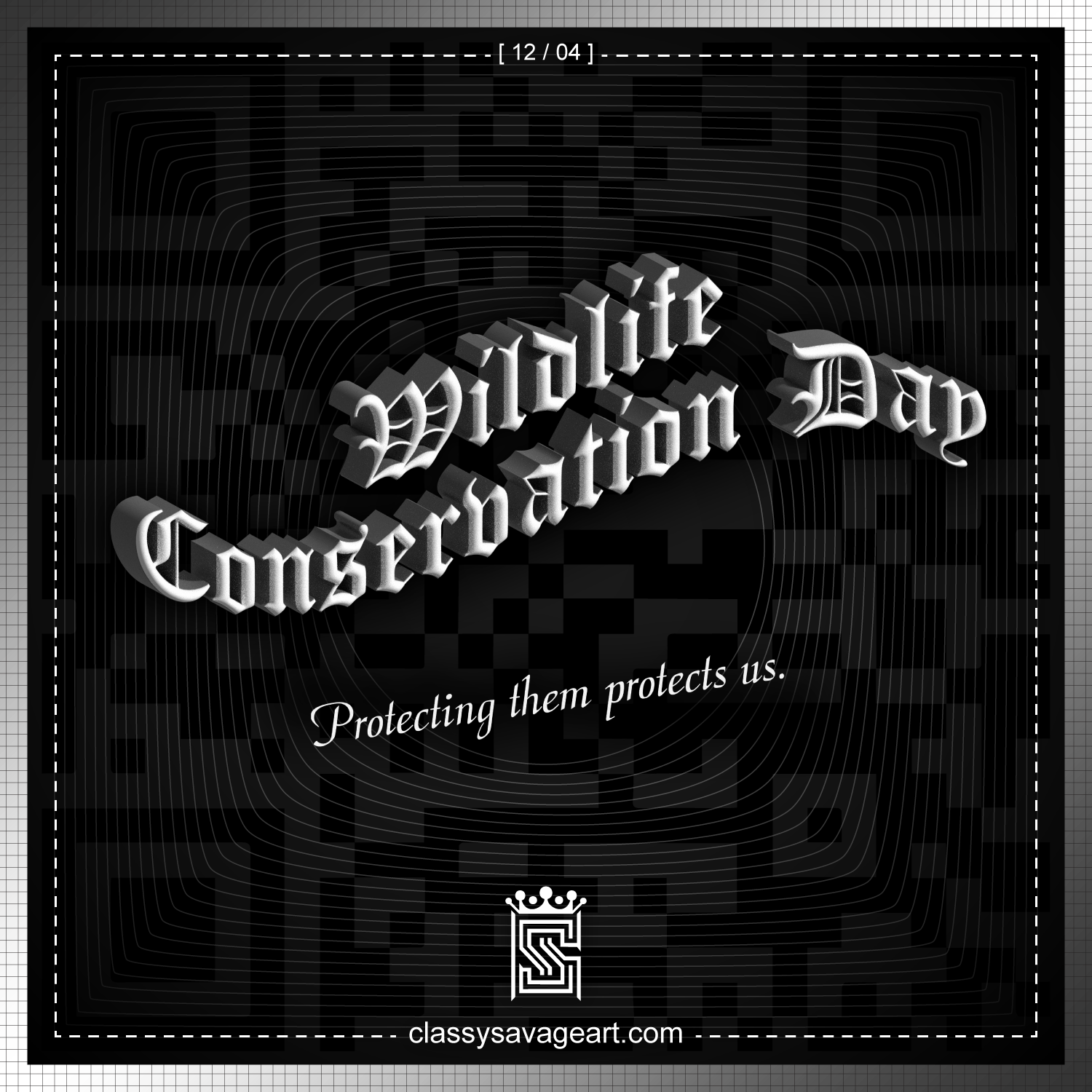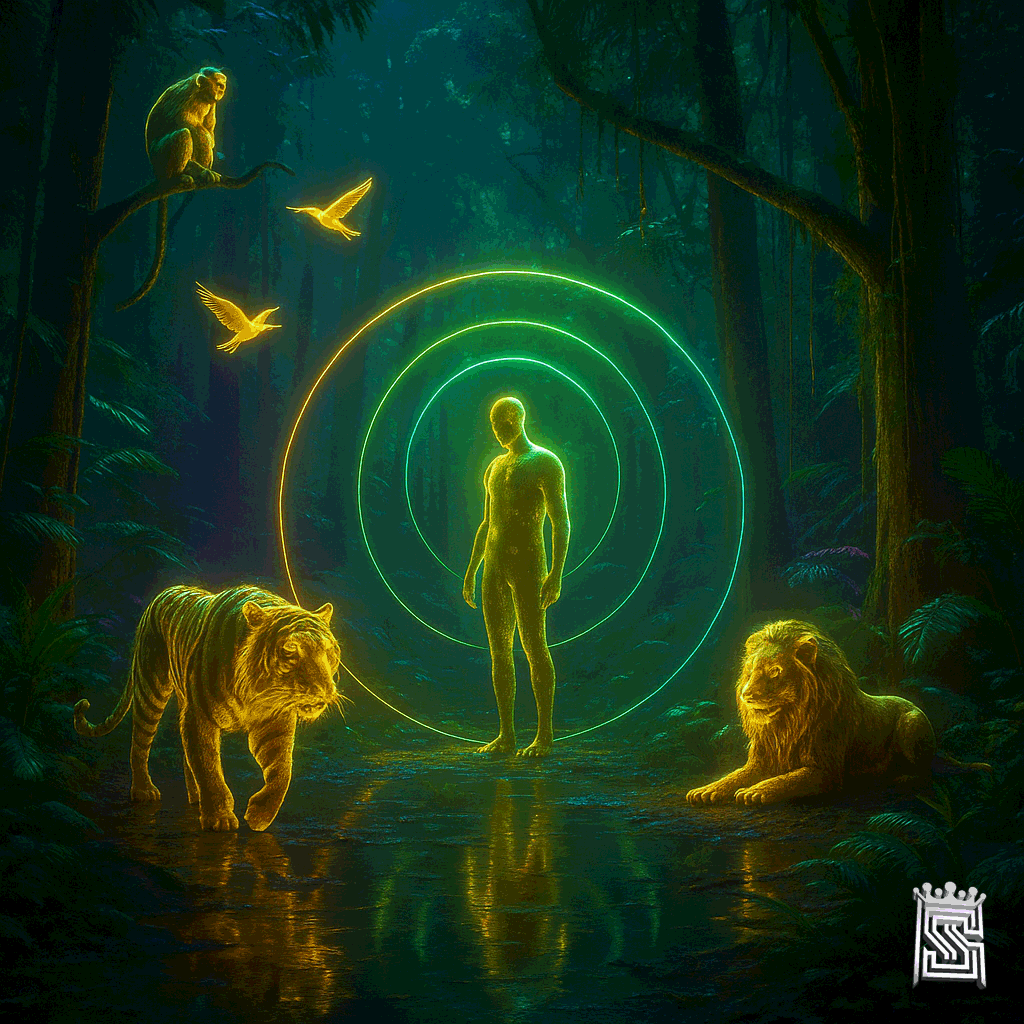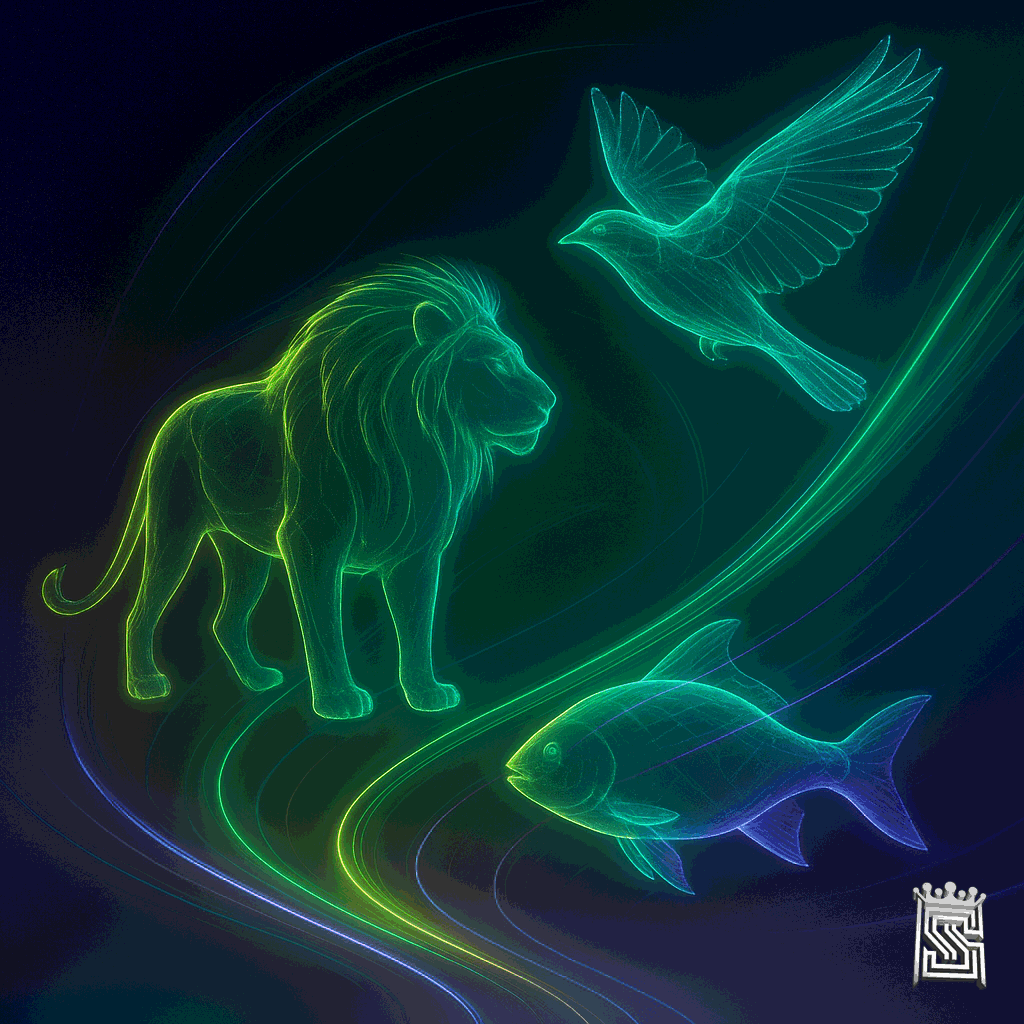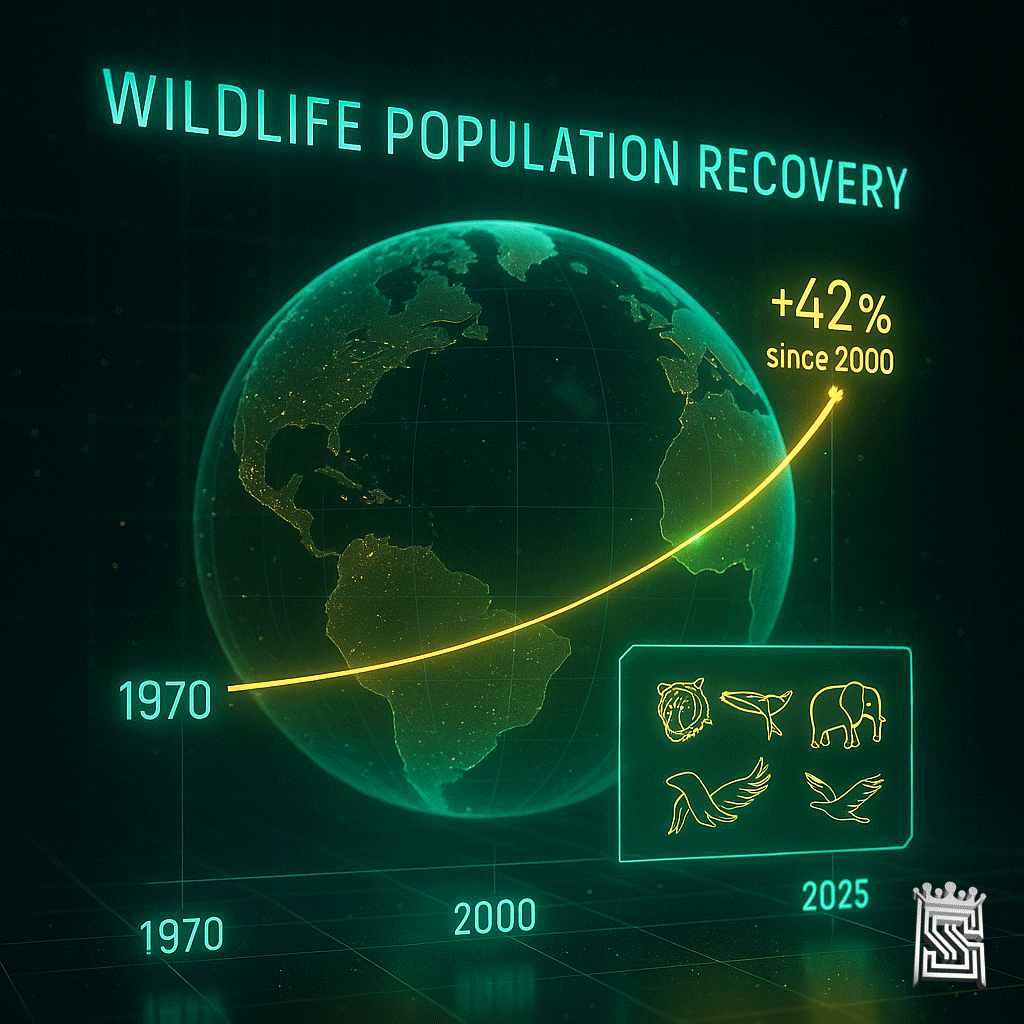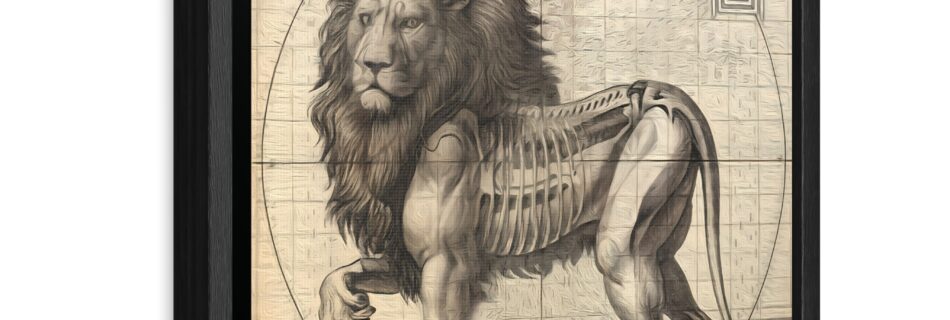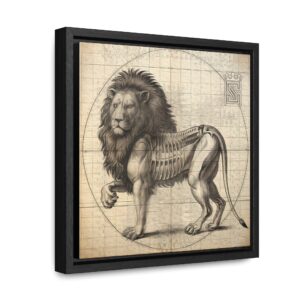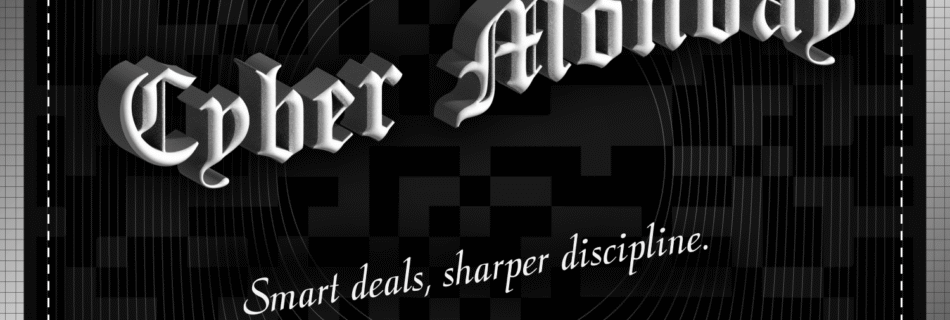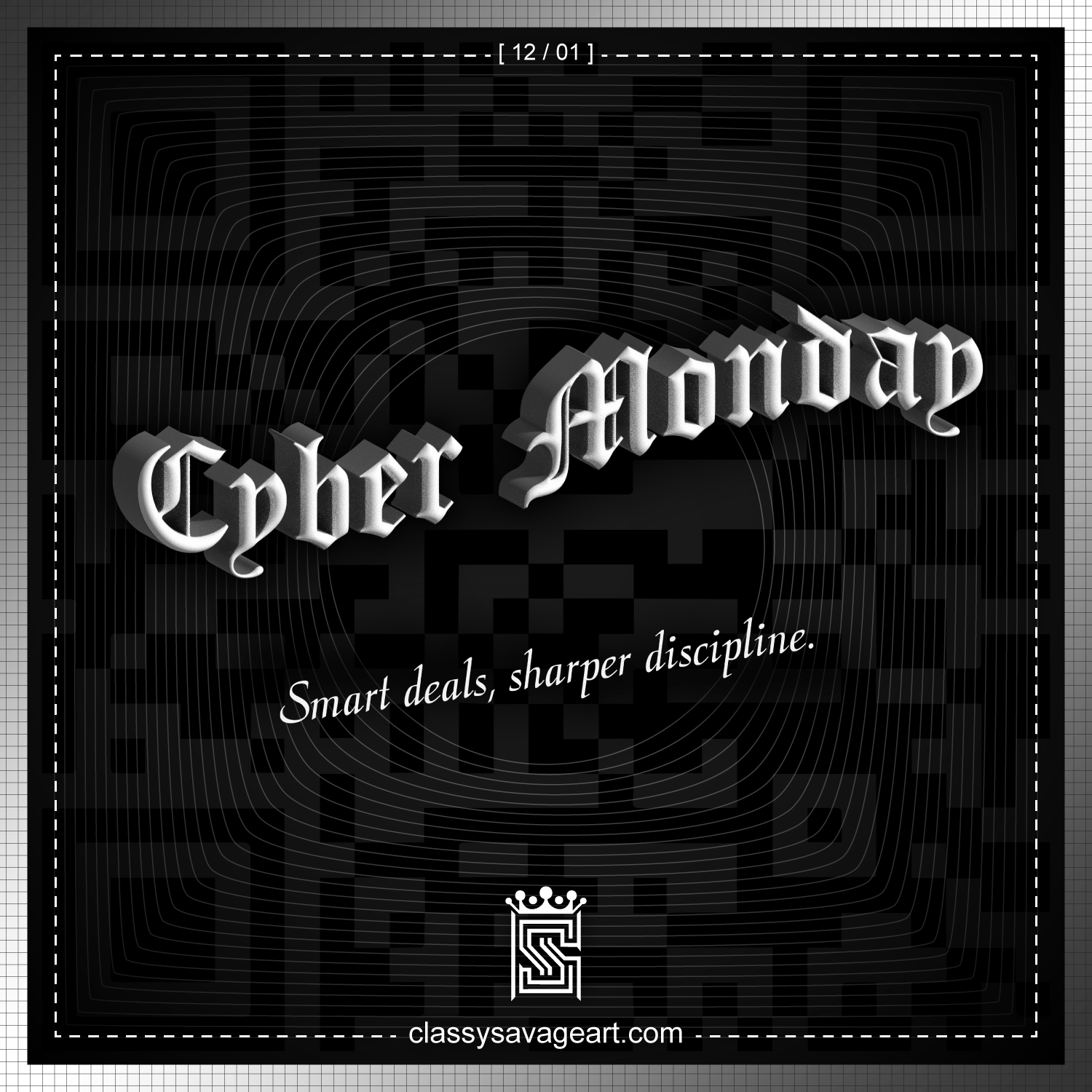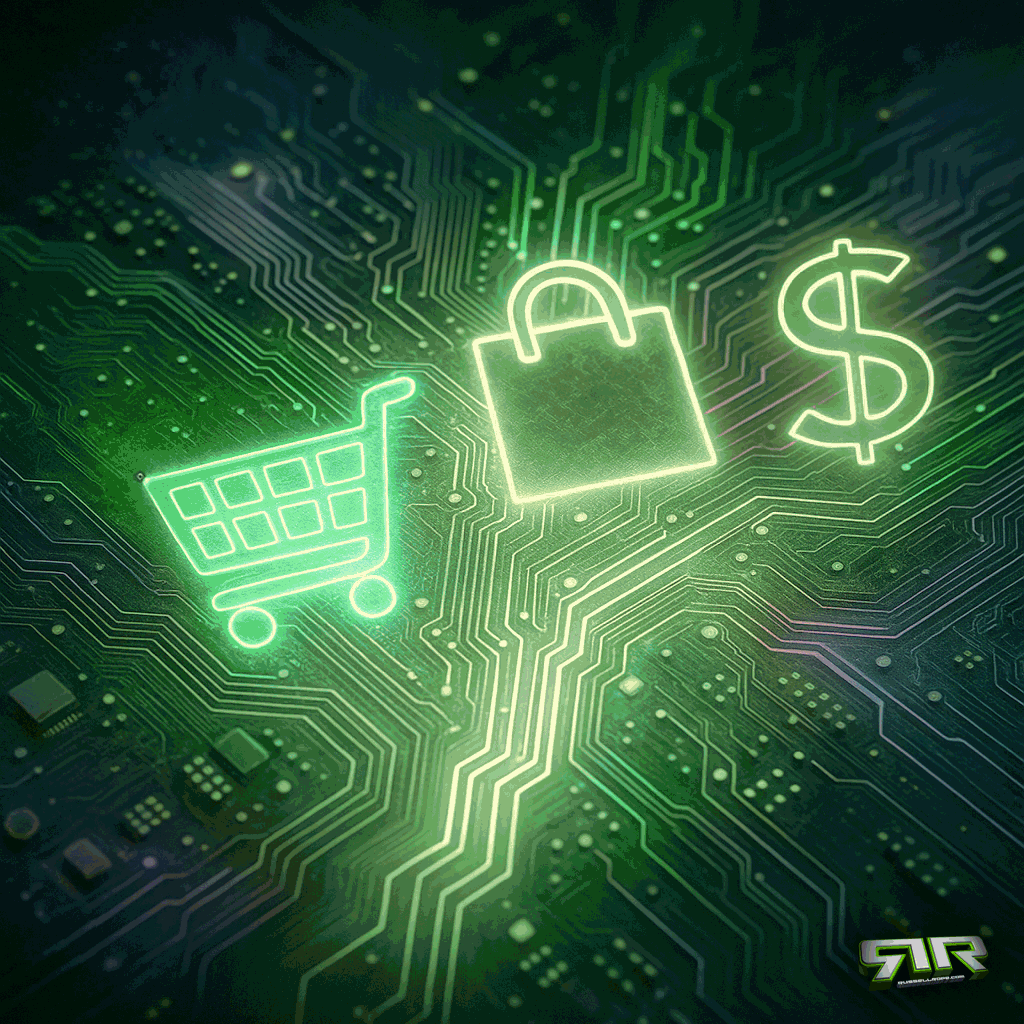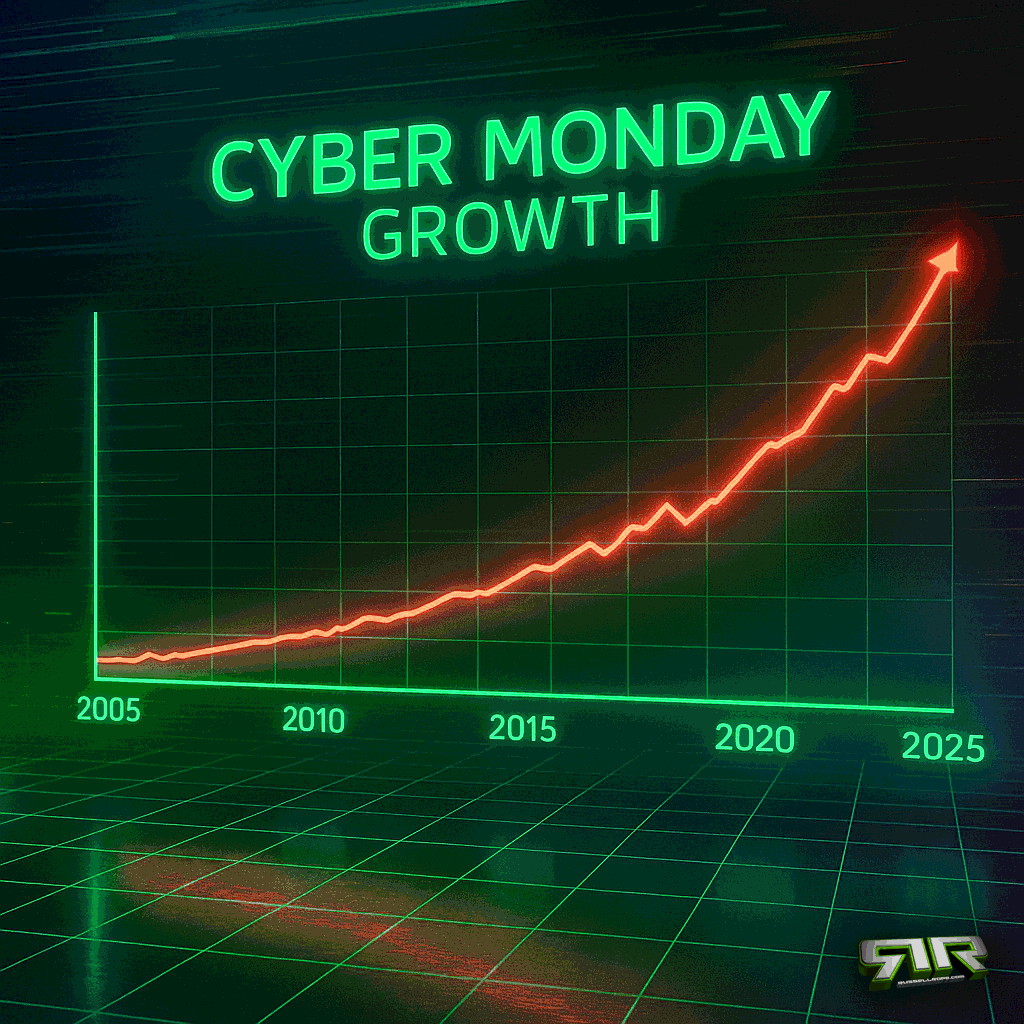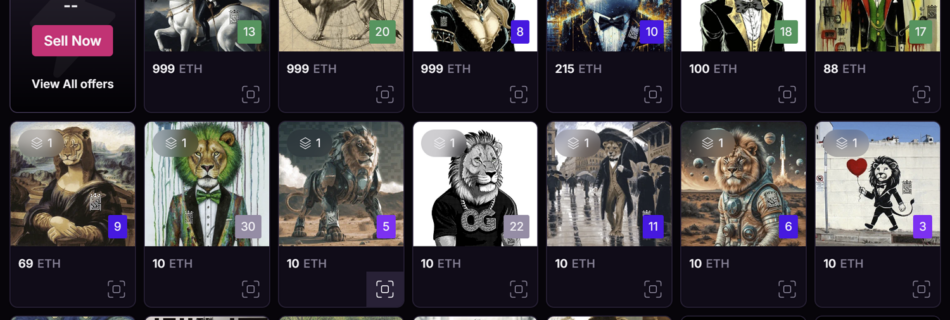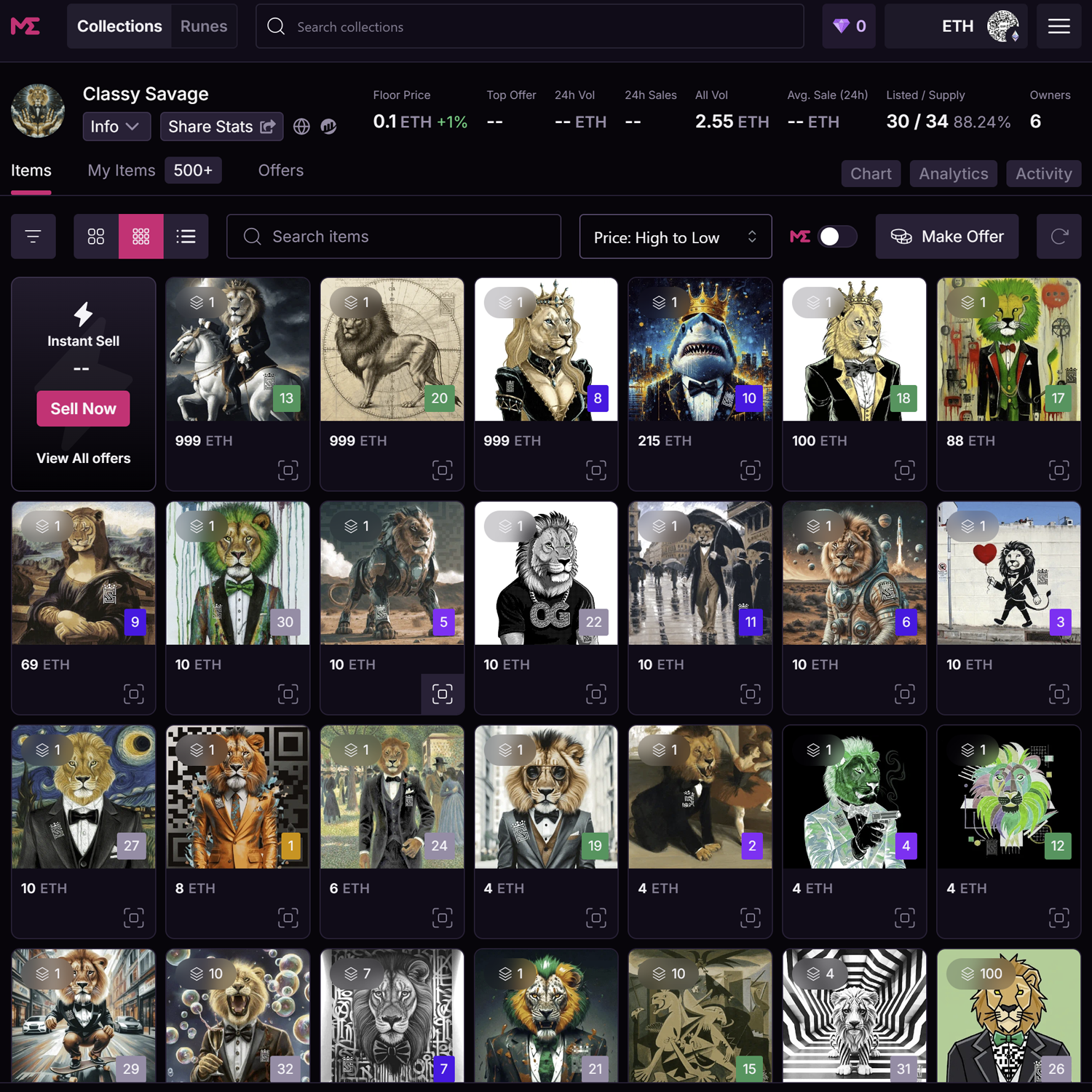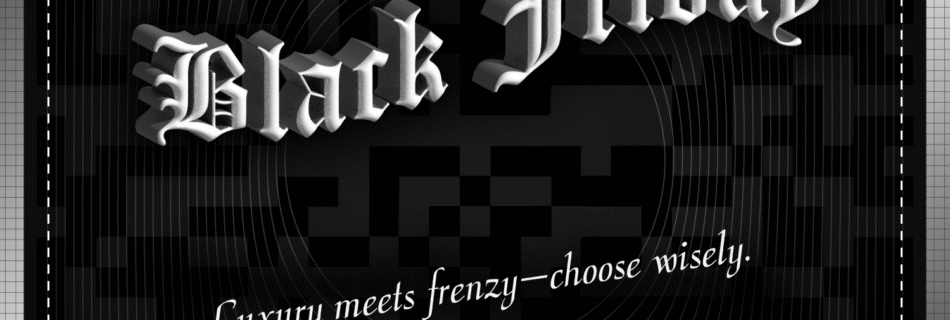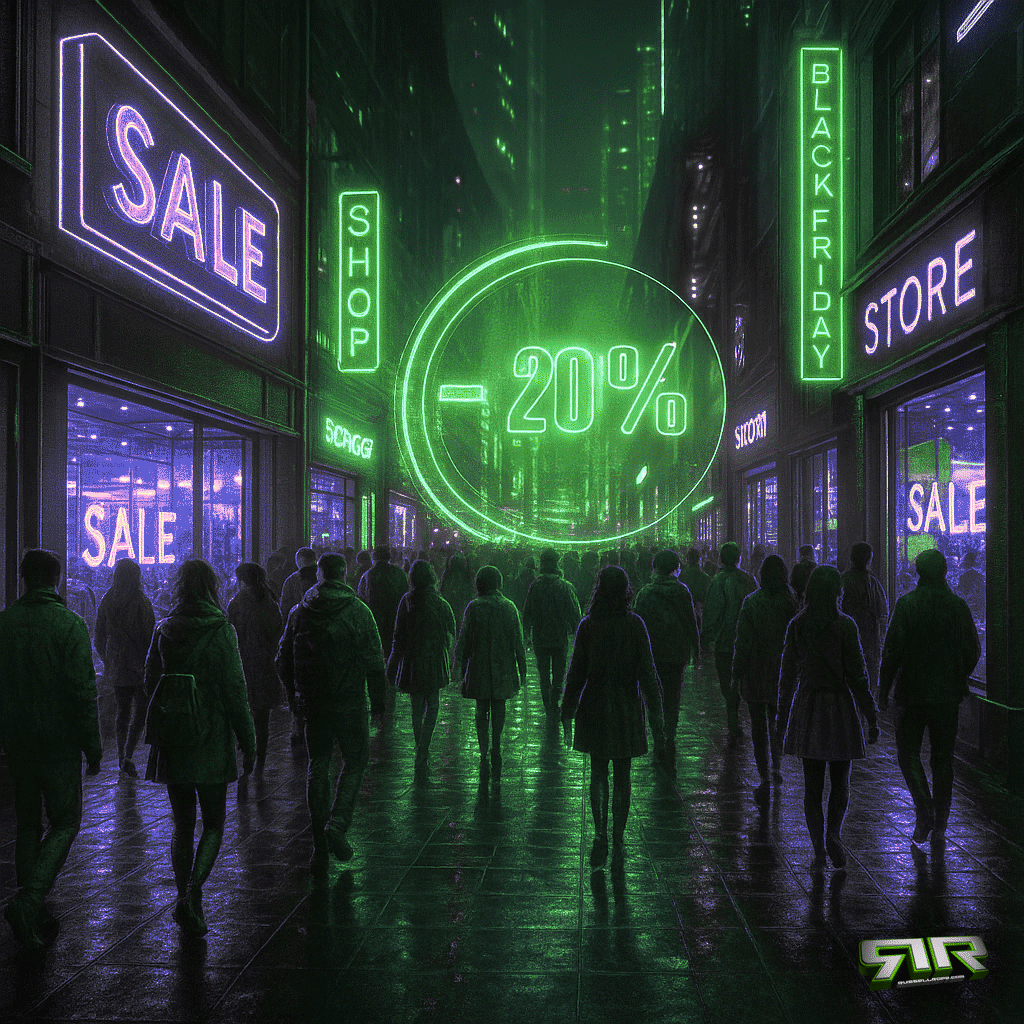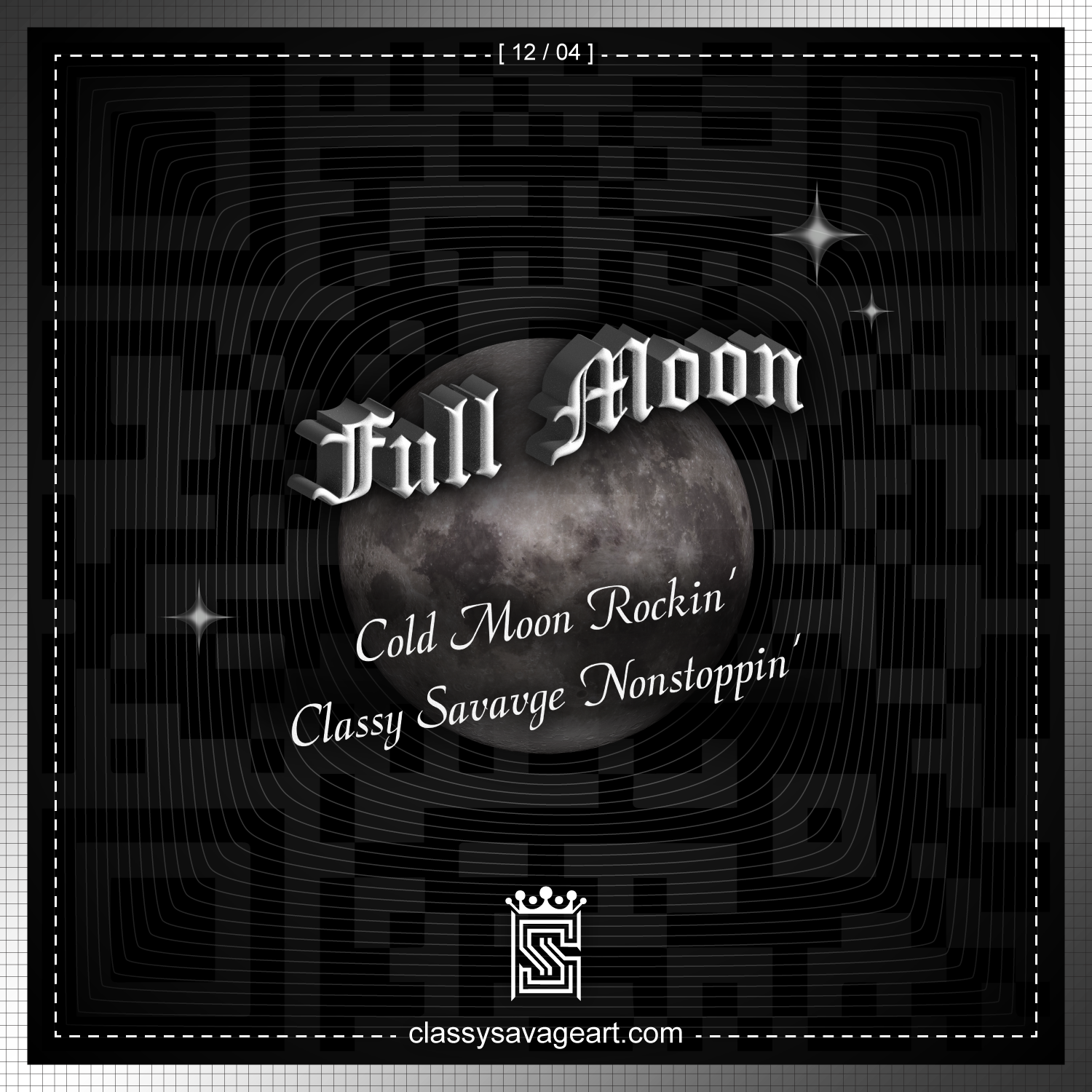
The final full moon of the year—clarity before closure.
Lunar Reflection
The Cold Moon rises each December, marking the onset of winter and a moment of stillness before renewal. Its pale glow reminds humanity to pause—to breathe, to reflect, to reset.
Historically, Native American tribes named it for the season’s frost and long nights, when survival required wisdom and preparation. Today, it’s a symbol of resilience—an invitation to evaluate the year’s lessons and align with what endures. Under its glow, cities shimmer, oceans still, and minds quiet. Whether you’re meditating, manifesting, or simply moon-gazing, the Cold Moon invites introspection wrapped in celestial elegance.
Vibes
Calm, reflective, powerful—luminous stillness in motion.

How to Celebrate
- Watch the full moon rise and journal your reflections
- Practice stillness through meditation or night walks
- Capture lunar photos or create moon-inspired art
- Release what no longer serves as the year winds down
Pulse Check
What do you need to let go of before the new year begins?
Stillness is strength disguised as silence.

Interesting Facts
- The Cold Moon is often the highest full moon of the year.
- Its name stems from traditional Northern Hemisphere winters.
- December 2025’s Cold Moon will appear near perigee, brighter than usual.
Verified Links
- NASA — Moon Phases & Names @ https://moon.nasa.gov/moon-in-motion/moon-phases
- U.S. Naval Observatory — Astronomical Calendar @ https://aa.usno.navy.mil
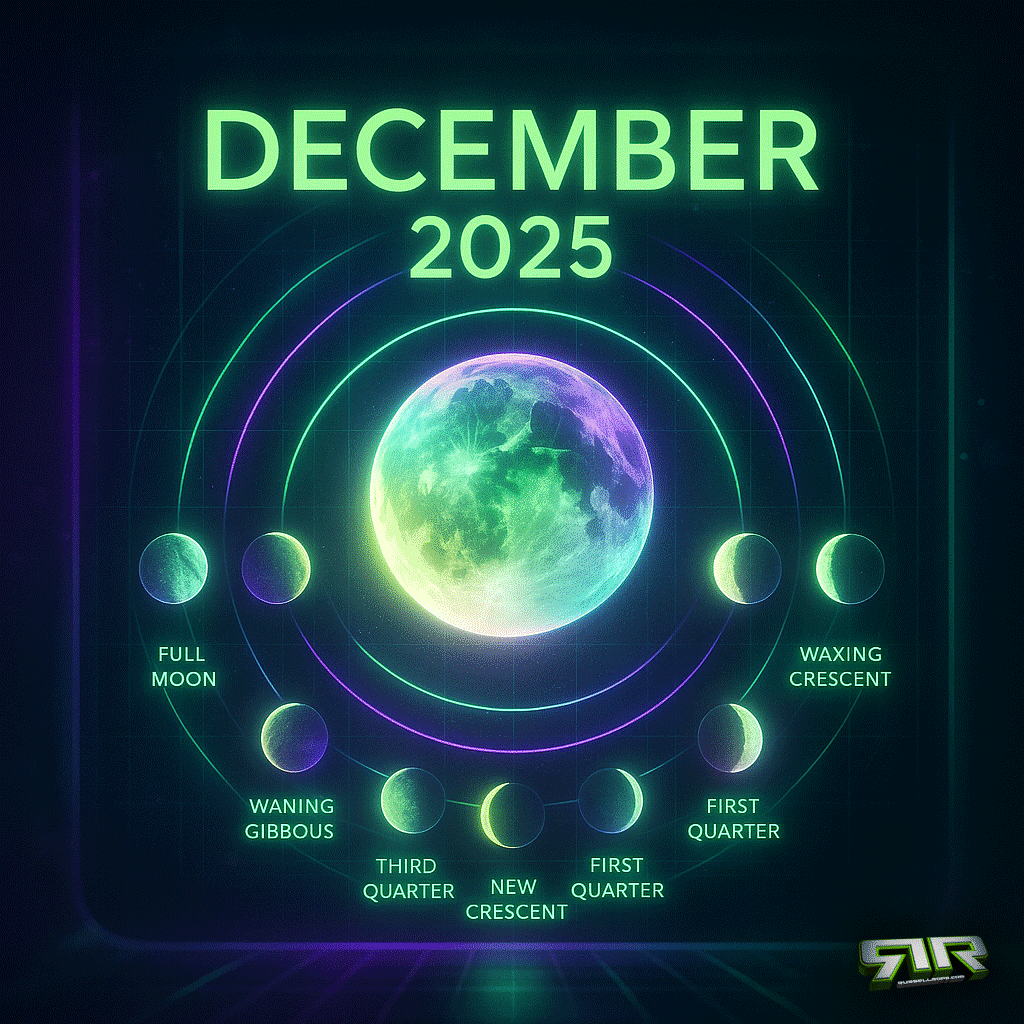
Popular Hashtags
#ColdMoon #FullMoonEnergy #LunarVibes #WinterNights #DecemberHoliday
“The moon is the reflection of your heart and the light of your soul.” – Debasish Mridha
“Yours is the light by which my spirit’s born.” – E.E. Cummings
“Even the darkest night will end and the moon will rise.” – Victor Hugo
Endings glow brightest before they fade—just like the last full moon of the year.
